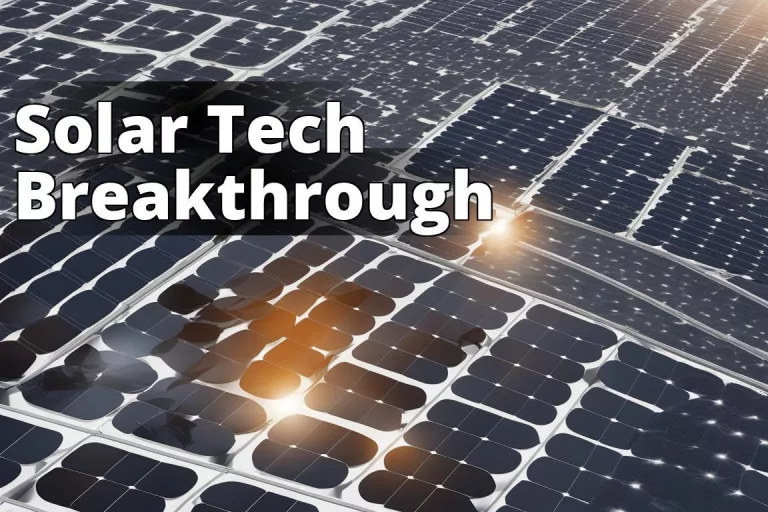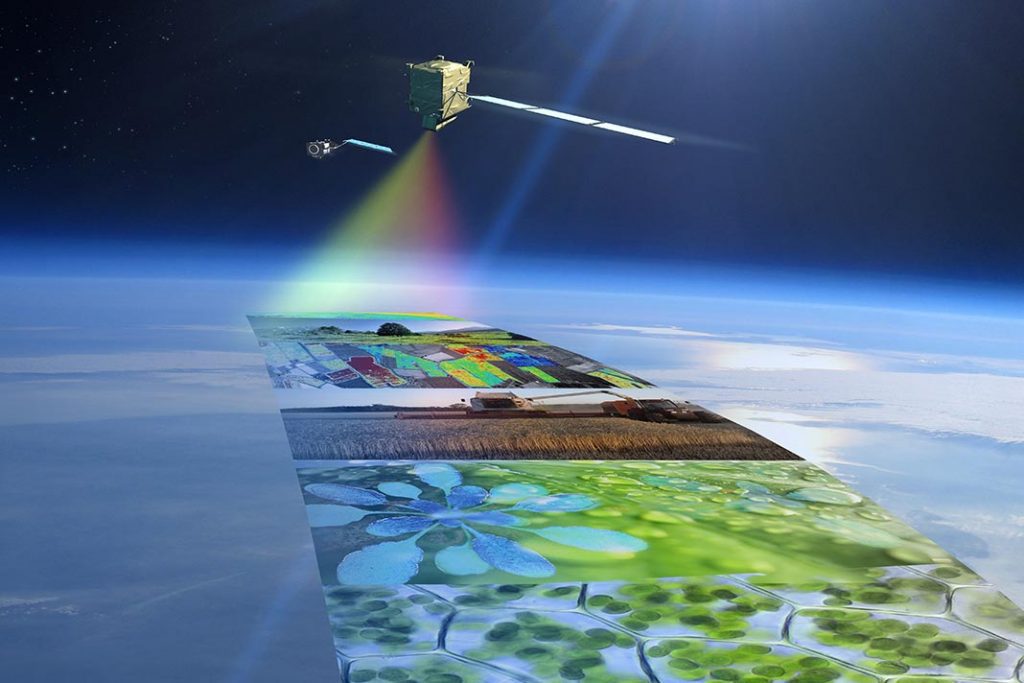What You Will Learn About Solar Power Innovations
- Solar power’s significance in addressing climate change.
- Advancements in solar panel designs and technologies.
- The role of solar power in sustainable development.
Addressing Climate Change Through Renewable Energy
How can solar power innovations contribute to addressing climate change and promoting sustainable development? The global climate is undergoing rapid and unprecedented changes, primarily driven by human activities that release greenhouse gases into the atmosphere. These changes have led to severe consequences such as extreme weather events, rising sea levels, and disruptions to ecosystems. Transitioning to renewable energy sources is crucial in mitigating these effects and curbing further environmental degradation.
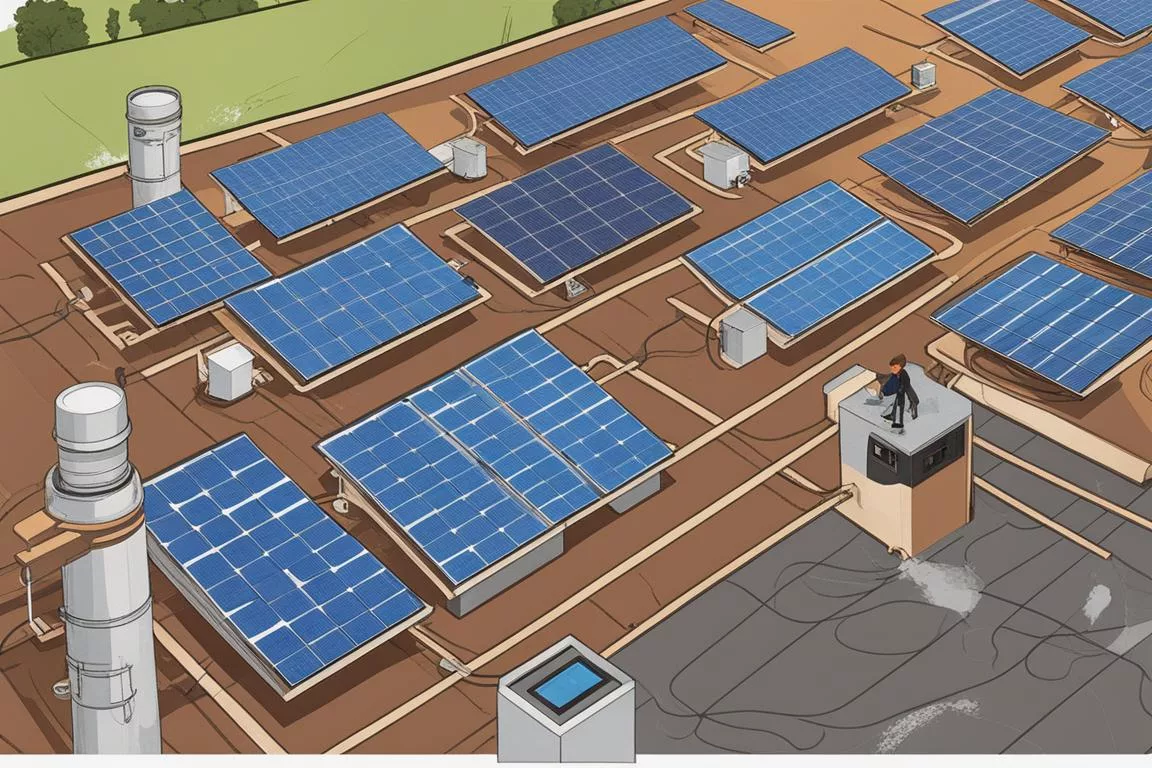
Solar Power as a Clean and Sustainable Energy Solution
Among the array of renewable energy sources, solar power stands out as a beacon of hope for combating climate change. Harnessing the power of the sun, solar energy offers a clean and sustainable alternative to fossil fuels. As the demand for energy continues to rise, it’s imperative to explore innovative solar technologies to meet this demand while reducing our reliance on environmentally harmful energy sources.
The Evolving Landscape of Solar Technology
The evolving landscape of solar technology is revolutionizing the energy industry, offering a sustainable and reliable alternative to traditional power sources. From the vast expanses of solar energy farms to the integration of solar power in IoT devices, solar technology has experienced exponential growth and is poised to play a crucial role in mitigating climate change and meeting the world’s energy needs.
Evolution of Solar Technology
The history of solar technology dates back centuries, with significant breakthroughs leading to the modern era of solar energy. From the discovery of the photovoltaic effect to the development of efficient solar panels, the evolution of solar technology has been marked by rapid advancements and innovation.
Recent Developments and Expectations
Recent years have seen numerous advances in solar energy, from more efficient solar panels to new photovoltaic cell technologies. As solar energy becomes more cost-effective, it is expected that more people will opt for clean energy sources, leading to wider public adoption. The industry is also focusing on improving solar panel efficiency and reliability, which are critical for its long-term growth and environmental impact.
Challenges and Opportunities
Despite its potential, the solar industry faces challenges such as intermittent energy production, land use, and initial costs. However, there are significant opportunities for growth and improvement, including technological advancements, increased efficiency, and wider solar development and employment.
The Future of Solar Power
The future of solar power is promising, with ongoing innovations shaping the industry. Transparent solar panels, solar fabric, floating solar farms, and quantum dots solar cells are just a few examples of the exciting developments in solar power technology. These innovations hold the key to a sustainable and energy-secure future, reducing our reliance on traditional, non-renewable energy sources.
Innovative Solar Power Solutions
Breakthrough Solar Panel Designs
Innovations in solar panel design have led to the development of revolutionary concepts such as solar windows and hairy solar panels. These designs have expanded the possibilities of integrating solar energy generation into various facets of daily life and infrastructure.
Revolutionary Solar Power Cell Technologies
Thin-film solar panels have emerged as a game-changer in solar power technology, offering improved efficiency and flexibility. Moreover, recent breakthroughs in solar power cell efficiency have paved the way for a new era of high-performance solar energy systems.
Emerging Concepts in Solar Energy
The exploration of solar balloons and floating solar farms represents a paradigm shift in the way we conceive energy generation. These concepts offer diverse and innovative approaches to harnessing solar energy, further diversifying the renewable energy landscape.
| Innovative Solar Power Solutions | Breakthrough Solar Power Cell Technologies |
|---|---|
| Breakthrough solar panel designs | Thin-film solar panels |
| Revolutionary solar power cell technologies | High-efficiency solar power cells |
| Emerging concepts in solar energy | Perovskite layer technology |
| Solar windows and hairy solar panels | Efficiencies surpassing 30% |
Pushing the Boundaries of Solar Technology
Cutting-Edge Solar Power Cell Efficiency
2023 witnessed a groundbreaking breakthrough in solar power cell technology, with efficiencies surpassing 30% due to the addition of a perovskite layer on top of silicon cells. This innovation allows for more efficient capture of sunlight and cheaper solar electricity. The potential for high-efficiency solar power cells is promising for the future of renewable energy.
Future Prospects and Challenges
While the commercial availability of high-efficiency solar power cells is anticipated within the next five years, it’s essential to address challenges such as stability and scalability. Increased research and development funding are crucial to realizing the full potential of these high-efficiency solar power cells.
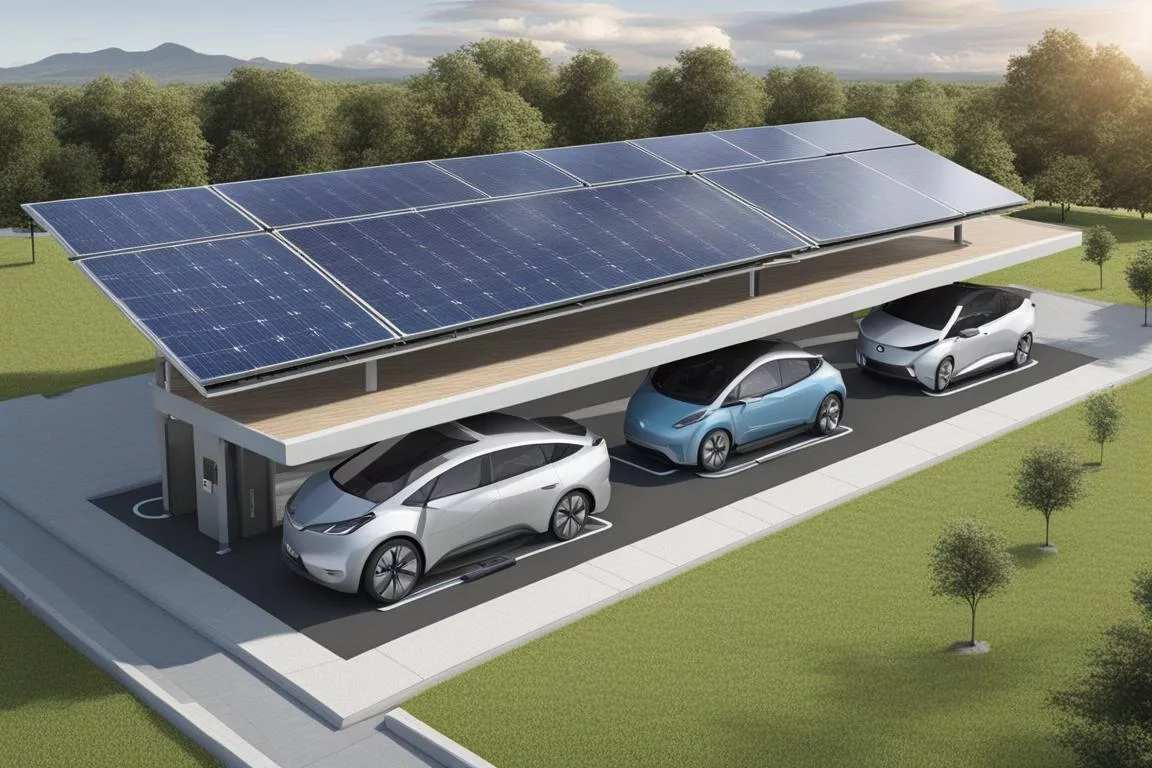
Integrating Solar Power Across Industries
Solar-Integrated Technologies in Various Applications
The impact of solar paint, windows, and cars on driving the adoption of solar energy in different sectors cannot be overstated. These solar-integrated technologies are redefining the way we incorporate solar energy into everyday applications and infrastructure.
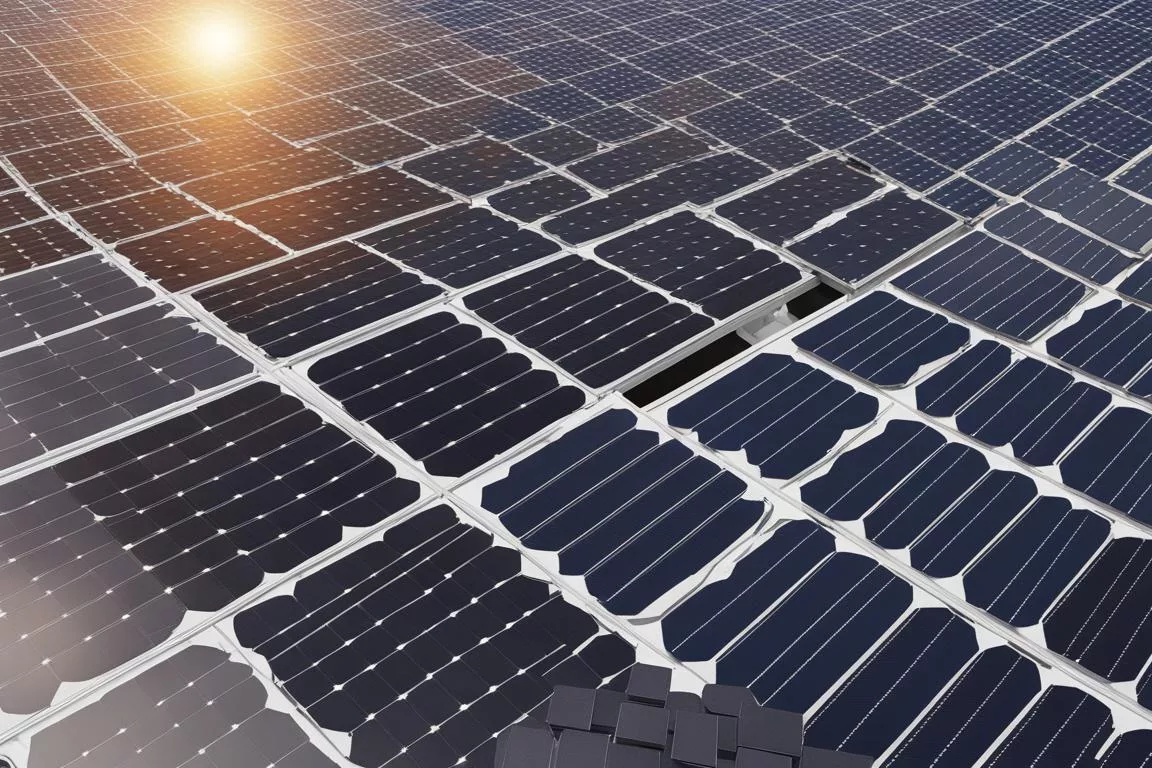
Advancements in Solar Panel Design and Materials
The exploration of lighter, more efficient, and cheaper solar panel innovations signifies a shift towards more accessible and sustainable solar energy solutions. These advancements are poised to revolutionize the solar energy industry by making solar power more attainable for a broader range of applications.
Solar Power’s Role in Sustainable Development
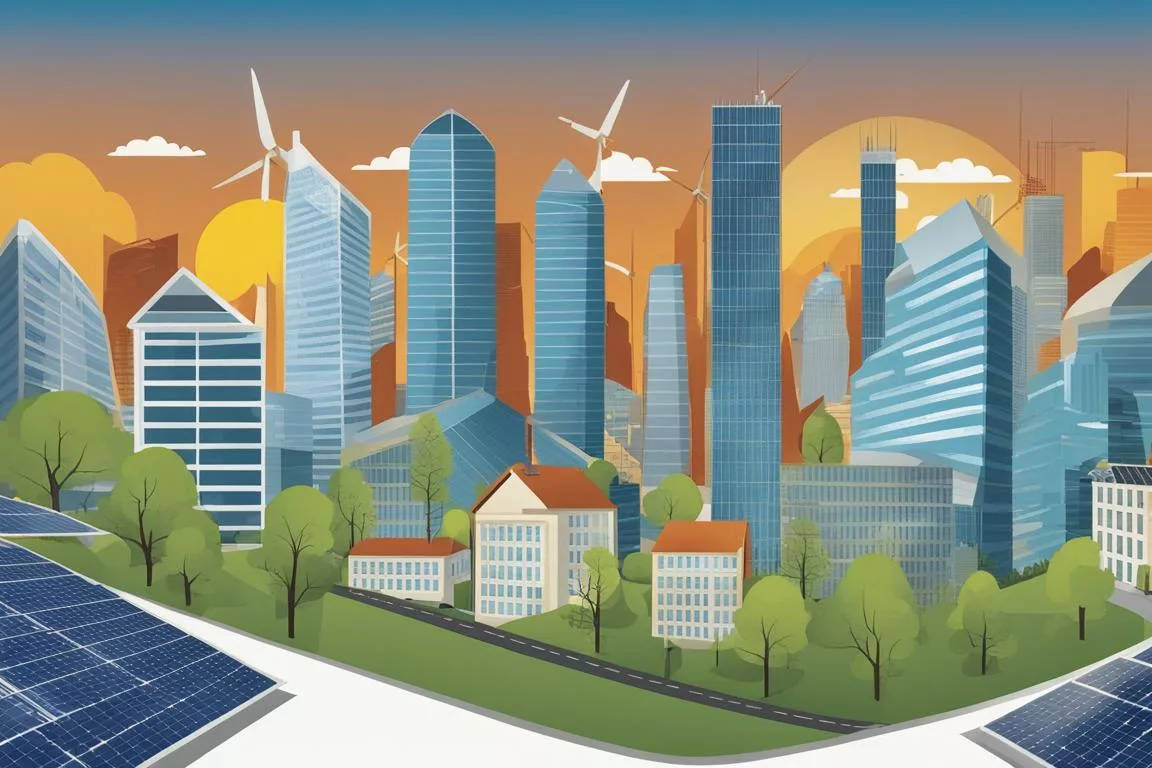
Promoting Sustainable Development and Reducing Carbon Emissions
Solar power innovations play a pivotal role in promoting sustainable development and reducing carbon emissions. The potential of these innovations to reshape the energy landscape is immense, offering a pathway towards a more sustainable and environmentally conscious future.
Recycling and Repurposing Outdated Solar Panels
The recycling and repurposing of outdated solar panels are critical for the sustainable management of solar technology. While there is presently no federal law or regulation regarding residential or utility-scale solar panel reuse or end-of-life management, there are encouraging developments in state policy, business, and research innovation. Early retired solar panels usually retain 70-90% of their original capacity, making them valuable for reuse. However, only 10% of solar photovoltaic panels are currently recycled in the US, and very few have 100% of their materials recovered. To address this, companies are working on advanced recycling processes that can recover up to 98% of materials from decommissioned modules. Additionally, there are opportunities for repurposing or reusing panels with manufacturing errors or defects, preventing them from ending up in landfills. While the solar industry faces challenges in terms of recycling, there is a growing focus on developing safe, sustainable, and ethical recycling practices to ensure the long-term environmental benefits of solar technology.
Conclusion
Significance of Solar Power Innovations
Solar power innovations hold immense significance in addressing climate change and promoting a sustainable future. Embracing these innovations is pivotal in driving the transition towards clean and sustainable energy solutions.
Continued Research and Investment in Solar Technology
Encouraging continued research and investment in solar technology is essential to propel the evolution of solar power innovations and solidify their role in shaping the future of renewable energy.
In conclusion, the innovative advancements in solar power technology are pivotal in combating climate change and fostering a sustainable future. Embracing these innovations is not only necessary but also holds the key to unlocking a cleaner, greener, and more sustainable world. The author, an expert in renewable energy, has provided insights into the transformative potential of solar power innovations, demonstrating a deep understanding of the field’s evolution and future prospects.
FAQ
Who is leading the way in solar power innovations?
China, the United States, India, Germany, and Africa are among the leaders in solar power innovations. China is a global leader in solar photovoltaics usage and manufacturing, with over 120,000 German households using solar units. The U.S., India, and Africa also have significant solar energy potential and are making strides in solar power technology and implementation. These countries are paving the way for a more sustainable future by harnessing the power of the sun and investing in renewable energy sources.
What are some recent solar power innovations?
Some recent solar power innovations include:
- Thin Film Solar: This technology involves the use of thin, lightweight solar panels that can be integrated into various surfaces.
- Solar Windows: Solar windows are a developing technology that allows the conversion of sunlight into electricity. They use a photovoltaic glaze that can capture solar energy while maintaining transparency.
- Solar Balloons: These are large, inflatable solar concentrators that can capture and focus sunlight to generate electricity.
- Hairy Solar Panels: This innovation involves the use of microscopic, nanoscale filaments on the surface of solar panels to increase light absorption.
- Microinverters: These are devices that convert the direct current (DC) output of a single solar panel into alternating current (AC).
- Infrared Spectrum Solar: This technology aims to capture solar energy from the infrared spectrum, which is abundant, especially during nighttime
These innovations have the potential to significantly impact our energy systems by increasing the efficiency and versatility of solar power.
How do solar power innovations help combat climate change?
Solar power innovations play a crucial role in combating climate change. Here’s how they help:
- Reducing Carbon Emissions: Solar power produces virtually no greenhouse gas emissions during operation, unlike traditional fossil fuel-based energy generation
- Renewable Energy Source: Solar power is a renewable energy source, meaning it will never run out. As long as the sun continues to shine, we can harness its energy to power our homes. This is a significant advantage compared to traditional fossil fuels, such as coal and oil, which are finite resources and contribute to climate change
- Mitigating Environmental Impact: Solar power harnesses the sun’s energy to reduce carbon emissions, mitigate environmental impact, and drive a more sustainable future
- Promoting Energy Independence: Embracing solar power promotes energy independence and has economic benefits. By harnessing solar energy, communities can reduce their reliance on non-renewable energy sources, contributing to a more resilient and sustainable energy system.
What if I live in a cloudy area, can solar power still work?
Solar panels can still generate electricity during cloudy weather, rain, or any other period of indirect sunlight, just not as efficiently. They are most efficient in direct sunlight and will produce less electricity during cloudy days. The amount of electricity generated depends on the sunlight available, and it can range from 10 to 25% of the typical power capacity on overcast days. While solar panels may not work at their peak performance in cloudy areas, they can still operate and contribute to energy production. It’s important to consider the quality and efficiency of the panels, as high-efficiency panels make more energy than conventional panels on a cloudy day.
What are some challenges in implementing solar power innovations?
Some of the challenges in implementing solar power innovations include:
- Intermittency and Energy Storage: Solar power is intermittent, and energy storage solutions are needed to ensure a continuous power supply, especially when the sun is not shining.
- Land Use and Aesthetics: The installation of solar panels requires significant land area, and there are aesthetic considerations, especially in urban and residential areas.
- Initial Costs and Return on Investment: While the cost of solar panels has decreased, the initial investment can still be substantial. Many potential adopters are concerned about the return on investment and the time it takes to recoup the initial costs.
- Grid Integration and Infrastructure: Integrating solar power into existing energy grids requires careful planning and infrastructure development.
- Reliability and Efficiency: Solar panel efficiency, reliability, and environmental impacts are areas of concern that require continuous improvement and technological advancements.
How can individuals contribute to solar power innovations?
By advocating for solar-friendly policies and investing in solar technology.
Next Steps
Round Table Environmental Informatics (RTEI) is a consulting firm that helps our clients to leverage digital technologies for environmental analytics. We offer free consultations to discuss how we at RTEI can help you.
